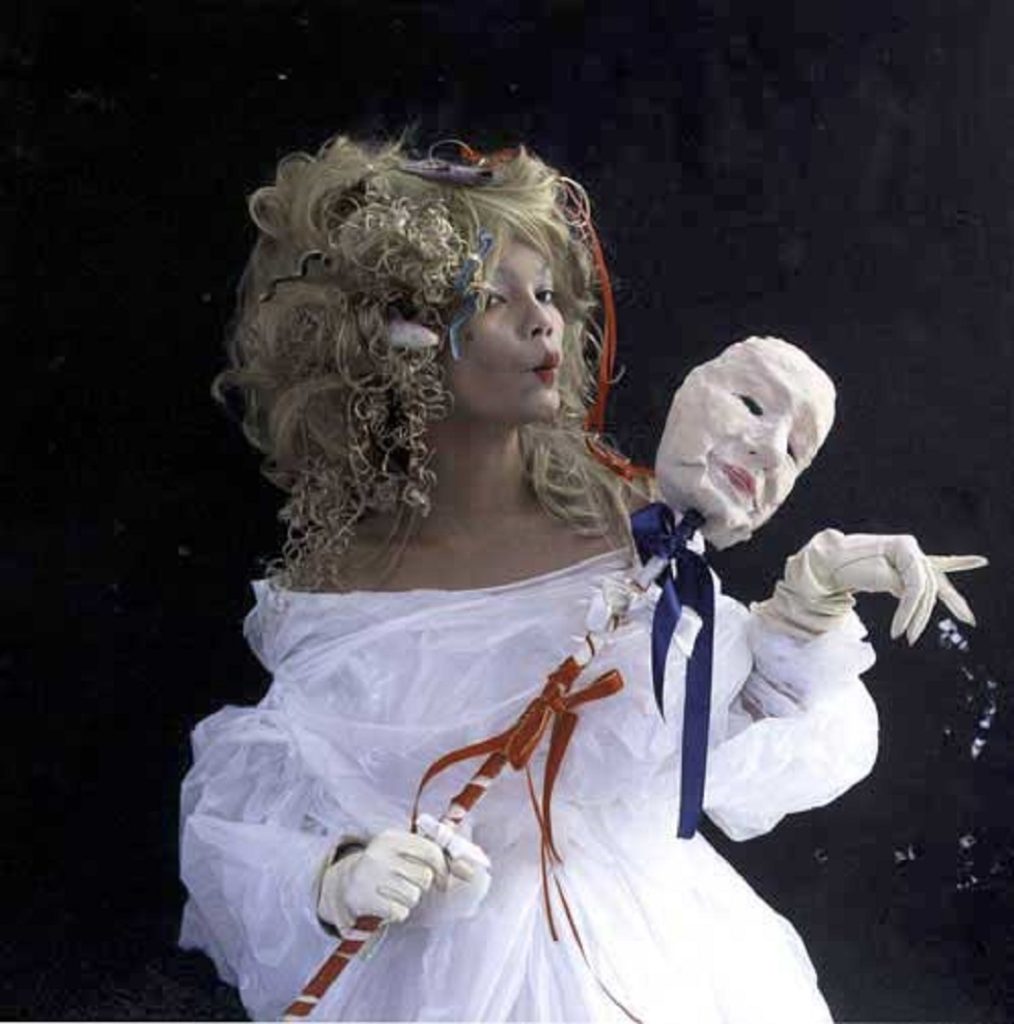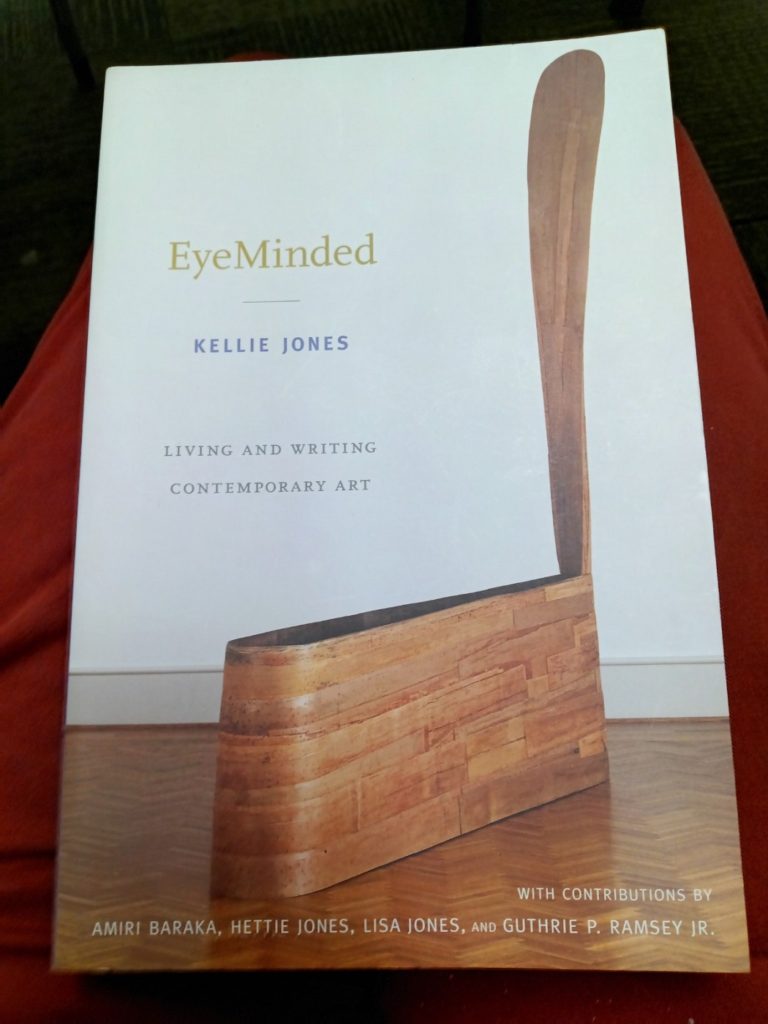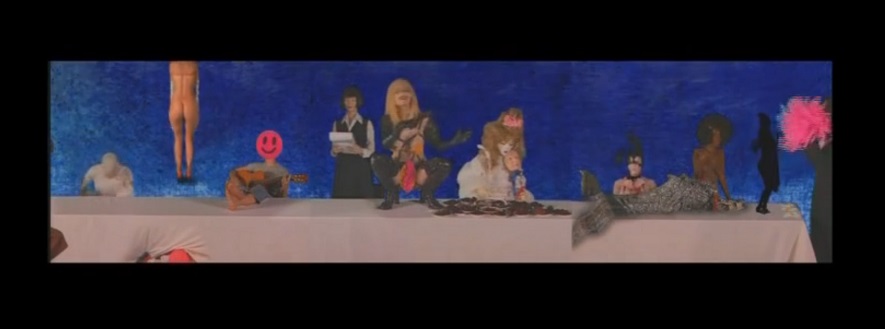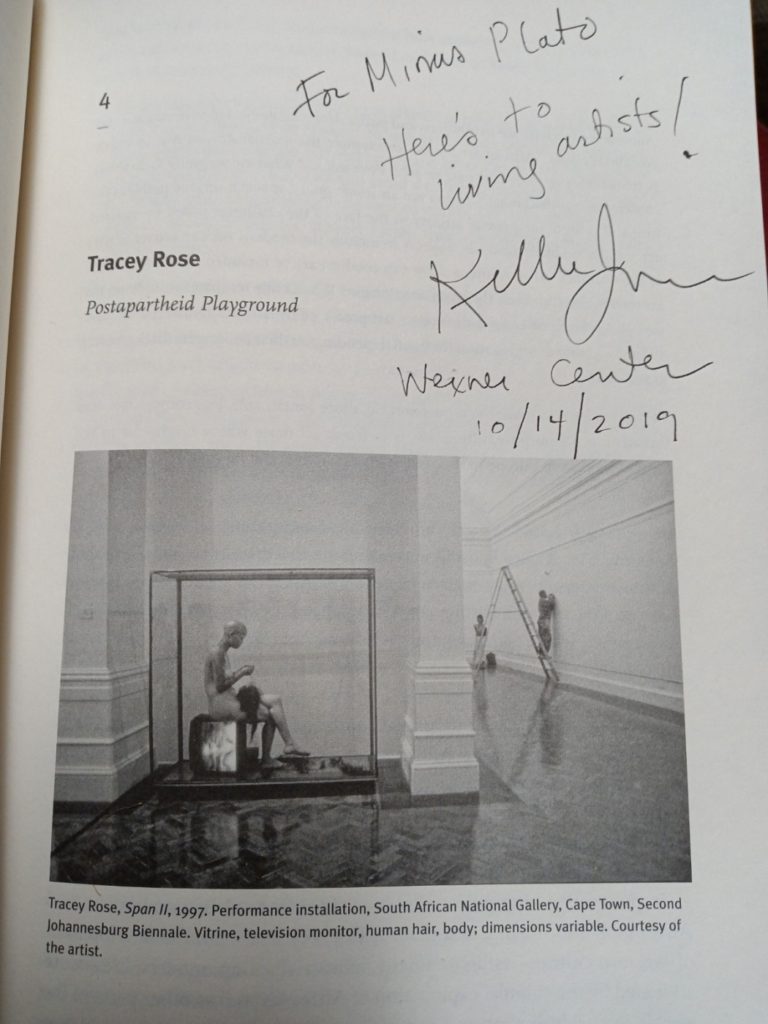Trigger Warning: This post, written by a fictional ghost of a professor’s library, describes metaphorical cannibalism. No one was eaten or harmed in any way in the writing of this post. No persons named in this post, with the exception of artist Tracey Rose and art historian Kellie Jones, equate in any way with real, living versions of any persons living or dead, especially not J.D. Vance, former Scholar in Residence in the Department of Political Science at The Ohio State University.
If there is wisdom in the folklore mixed with sentimentalism and suffering of quoting Nixon to Kissinger (“The professors are the enemy”) while running for public office on the basis of the fragile white supremacy of a paranoid Culture Wars, then one riposte could be to echo Jean-Jacques Rousseau’s recollection of ‘a great princess, who, when told that the peasants had no bread, replied: “Then let them eat brioches’.
In other words, to sick The People on professors as the Enemy of the People, when you yourself are quietly one of them (a professor, not one of The People).
In other othering words, as the princess was really saying ‘Let them starve’ (because where was all that brioche she herself was gulping down in the palace?), the former Scholar in Residence in the Department of Political Science at The Ohio State University is really saying ‘The professors are my friends’ (because where are all of those enemy professors when he was schmoozing with them at the Provost’s table in the Faculty Club?).
To cut through all of this verbiage, what would it mean to say something equally absurd that conflates the princess and a the elegiac would-be-senator, and shout ‘Ciao Bella, Let Them Eat J.D. Vance!’?
Of course, no one is shouting this. Just as there was no brioche to eat – it was a metaphor -, there is no eating of J.D. Vance (he is a metaphor). None of this makes any sense, and that’s the point. There is no brioche; no eating J.D. Vance, no enemy professors, only stupid things said in ways that leave people fearful and paranoid, wondering what they really mean. (Professor sparks obscure cannibal-frenzy outrage!; Professor‘s book teaches anal-sex to kindergarteners!; Professor makes students eat CRT-flavored cake!)
What I am writing here – and just a reminder that I am just the fictional ghost of a professor’s library, who haunts the shelves of a living library (whatever that is) and chooses books and other things for a persona names Lucius Fletcher to scribble about online on a daily basis (don’t miss a post; subscribe to Minus Plato today!) – is inspired by the absurdist critique of Whiteness (it is a structure not an identity, kiddos!) in the moving image installation work by South African artist Ciao Bella (2001) and the interpretation of that work by art historian Kellie Jones. Jones describes how Rose’s work:
[U]ses kaleidoscopic color, roving operatic narrative, a mix of cartoon-like and human bodies, in a vivid three channel DVD projection….Rose plays all the roles in this multiple character piece. The range spans a gamut of female imagery, adding some unexpected mixes into the brew. A sweet red-haired Lolita with matching apple cheeks and a sensual mermaid both sport dildos; a schoolgirl reads verse while Marie Antoinette serves chocolate cake; Saartjie Baartman a.k.a. the Hottentot Venus who is hung by a tie, rises to heaven, becoming a winged angel, then is transformed again into labia in a jar; a pugilistic figure (recalling [Rose’s earlier 2000 video work] TKO) and a squatting, self-flagellating porn star (after Ciccolina [look her up if you need to]) with an enormous crepe paper labia; along with Mami the proper matron who opens and closes the show.
Phew, suddenly library-ghosts and cannibal-professors don’t seem so strange. What kind of carnivalesque vision is this? Students, see Bakhtin, for further reading on ideas of how the grotesque body and the process of eating triumphs over the world and its enemies, to make the world grow at its expense.
Professor Jones then focuses on one aspect of Ciao Bella that, hopefully, makes some sense of all of this weirdness. Make sure you are taking notes out there:
What is perhaps the most interesting aspect of Ciao Bella from an art-historical point of view is how many of the characters Rose performs in whiteface. Of course she also performs in blackface (the mermaid) and in her natural “classifiably colored” face (as the khoisan woman Saartjie Baartman, and the matron Mama). While this makeup can be viewed as just another aspect of the work’s larger theatricality, what is particularly fascinating about the whiteface is how it again reverses received strategies and images. A number of scholars have remarked on characteristics of apartheid-era art production. On the one hand in the 1970s and 1980s works by black artists found a market. Labeled “township” art this work apparently depicted “authentic black life.” Here folklore mixed with sentimentalism and suffering, though the cause of such pain was conveniently elided. The sale of this work was of course largely to whites, yet they were hardly ever the subjects of the imagery. In fact black artists across the board rarely depicted whites at all. This fact is even more compelling when we take into account the ethnographic imperative of visual culture and social science throughout the age of imperialism.
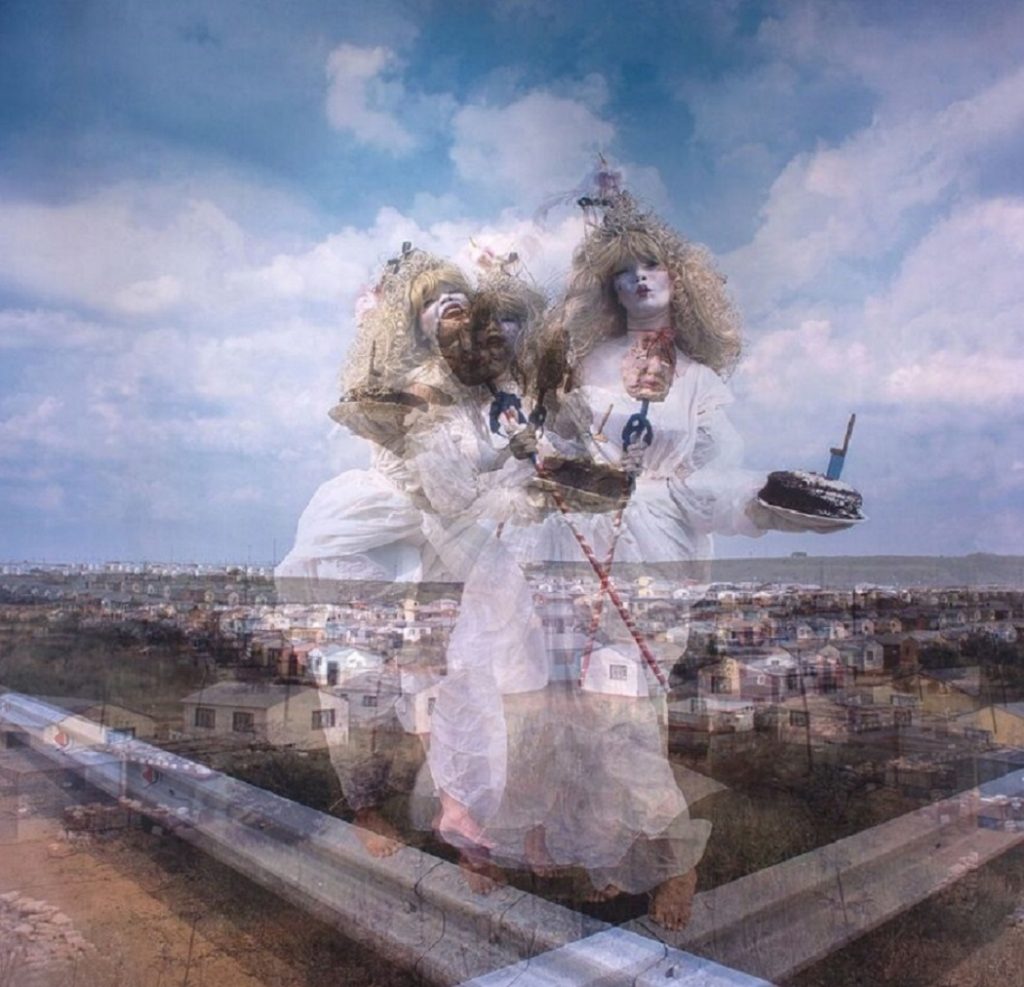
Hold up – let’s take a pause for questions. Anyone? Bueller? Ok, nobody, let’s continue
Colonizers took for granted their access to the black body and the control of its representation. With her simple donning of white powder and wigs Rose takes it upon herself to overturn centuries of visual iconography and cultural authority.
Ok, let’s back up and get to the point of all this. So when a professor, in response to being called an Enemy of the People (again) as part of Whiteness’ dog-whistling, in a piece of open satire, shouts from the screen of a blog:
Ciao Bella, Let Them Eat J.D. Vance!
We have to ask: what happened to the brioche?
